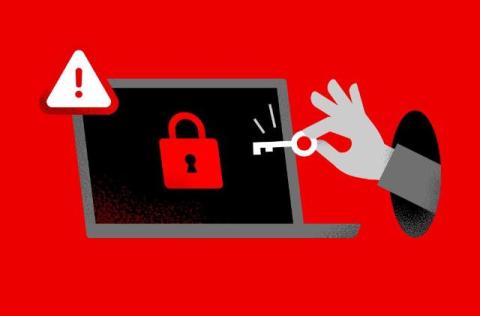The 5 pillars of DORA: A detailed breakdown
The Digital Operational Resilience Act (DORA) is a mandatory EU regulation that aims to unify various information and communications technology (ICT) risk management frameworks into one comprehensive set of guidelines and requirements. The regulation is built around five pillars that strengthen and facilitate the digital and operational resilience of entities in the finance and insurance sectors.











